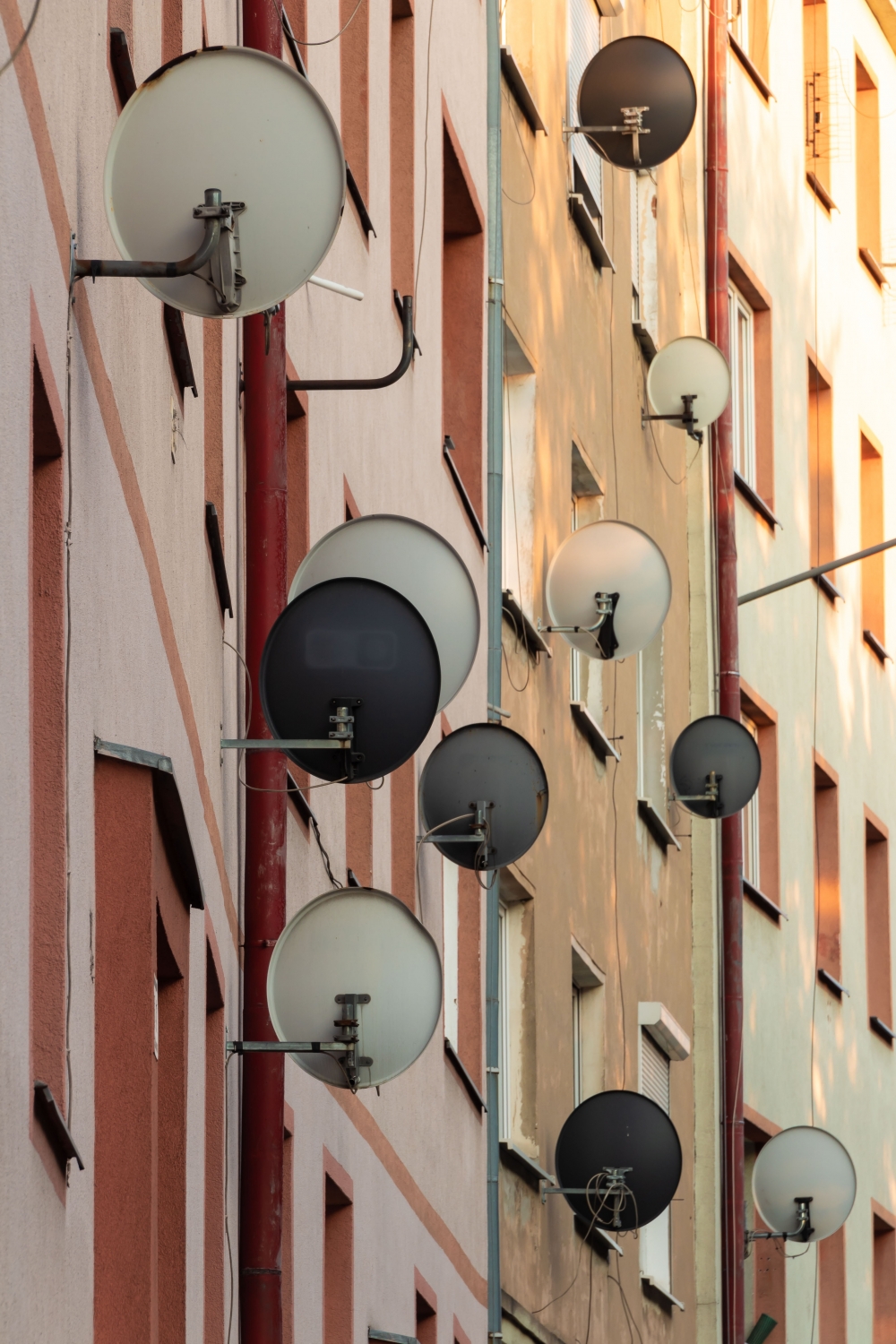KA VS KU BAND : WHICH IS THE BEST FOR SATELLITE BROADBAND?

In the humanitarian space, satellite connectivity is vital to successful relief efforts, being the lifeline for government, emergency services, aid organisations, and other parties collaborating on-ground. But did you know, the reliability of your connection can be affected by the frequency used? And more specifically, the ‘band’ used by your chosen satellite internet provider?
The Ka-band has emerged as the next big thing in satellite technology in recent years, representing a real alternative to the well-established Ku-band. To discover why, we spoke to Hamed Odeh, VP Global Strategic Business Development at YahClick, the leading satellite broadband service of UAE-based global satellite operator Yahsat and its partner Hughes.
1. What are the main differences between Ka band and Ku band?
One major difference is the frequency of each band, which affects the quality of the connection provided. Ku-band uses frequencies in the 12 to 18 GHz range, while Ka-band uses frequencies in the 26.5 to 40 GHz range. With a higher frequency, you can extract more bandwidth from a Ka-band system, which means a higher data transfer rate and, therefore, higher performance.
For example, consider your choice of radio and the quality of music heard from it. An older AM radio typically has a low frequency of around 1MHz, whereas a more modern VHF radio would have a frequency of approximately 1GHz. The VHF radio would transmit a crisper sound because of its higher frequency.
2. And what about cost?
Lower cost is a major reason why the Ka-band has emerged as a serious alternative to legacy and emerging Ku-band solutions. Firstly, with an average bandwith cost of between $250 to $400 per megabits per second (Mbps) per month, Ka-band is more affordable than the Ku-band, which typically costs between $800 to $1,400 per Mbps per month.
Additionally, Ka-band represents lower CAPEX for a number of reasons. With a smaller antenna, Ka-band has a lower manufacturing cost and lower transportation cost, which both reduce the purchase price of solutions that use the band. Meanwhile, the materials required to fix a Ka-band antenna and the labour time needed to install the system are both lower, which also contributes to more favourable CAPEX.
3. Is it true that the Ku band is more resilient to interference caused by heavy rain and snow?
It is true that lower frequency solutions are less susceptible to interference from adverse weather, what we in the industry call “rain fade”. As Ka-band is at the top of the commercially available frequency range, maintaining availability is a more complex task. However, various technologies have been developed to mitigate the impact of rain fade on solutions that use any frequency range, such as Flex Adaptive Code Modulation. The technology automatically adapts the down-link signal – the signal sending data from the satellite to the user – to compensate for changing weather conditions.
4. How does the coverage area of Ka-band and Kuband compare?
The Ku-band has the capability to cover an entire continent with a single beam, whereas the Ka-band has a smaller range, which can provide country-wide coverage through multiple beams. This isn’t an issue for Ka-band solutions if the connectivity provider’s infrastructure is adequate enough to cover the area they serve customers in.
5. So, you can say for certain which is the better option - Ka-band or Ku-band?
Not for certain, simply because the band chosen should depend on the circumstances surrounding its use. Making this decision means asking questions such as: how will the connectivity be used? What size area does the connectivity need to cover? What budget is available?
YahClick uses the Ka-band exclusively, and we see it as the preferred option for delivering affordable, dependable, high-performance satellite broadband solutions to our customers across the Middle East, Africa, and South West Asia. Our customers cover multiple sectors and verticals, from high-speed internet to government, enterprise, and e-learning, whjch shows the capability of the frequency and why it is so trusted.
| Ka-band | Ku-band | |
| Availability | High | High |
| Bits per Hz (efficiency) | High | Low |
| Throughput (speed) | High | Comparatively low |
| Antenna/equipment cost | $250 - $380 | $1,000 - $1,800 |
| Power Requirement | Lower | Higher |









